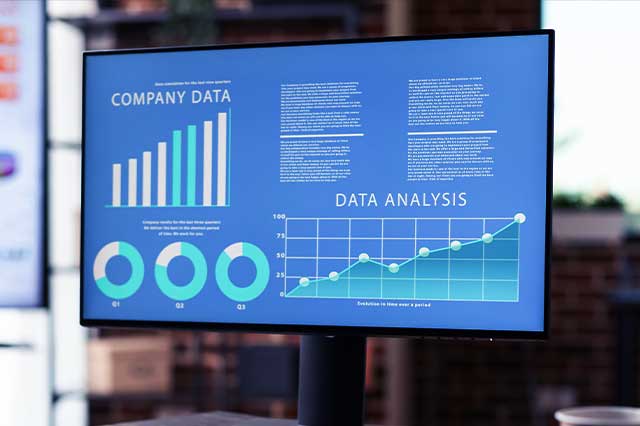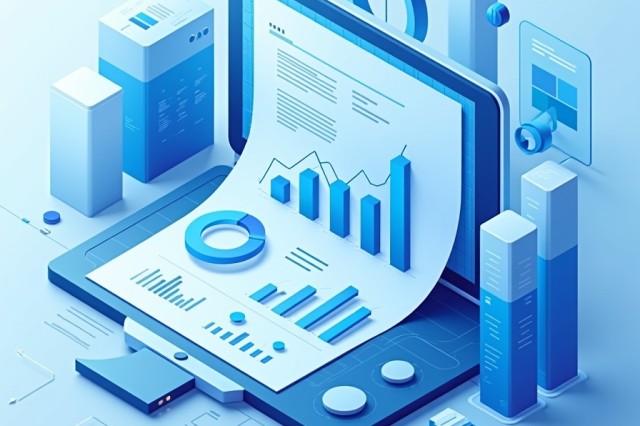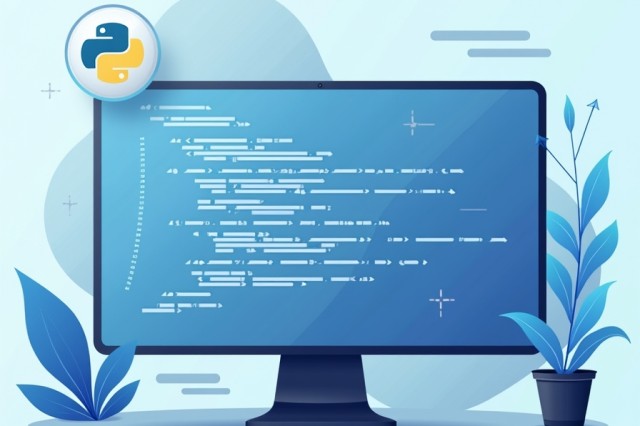Top 10 Python Libraries for Data Science in 2026

Python is a popular programming language used worldwide. First released in 1991, Python has since gained a reputation as an easy-to-learn language that enables flexibility and portability.
Moreover, due to its wide use, active community, and the availability of multiple libraries, Python allows quick code development. Python for data science uses libraries that have crucial code built into them, enabling efficient data analysis.
In fact, data science libraries in Python total more than 137,000. With this large number, it can be difficult to choose a suitable Python library for your use, whether for data visualization, data manipulation, deep learning libraries, or machine learning.
Top 10 Python Libraries for Data Science (Data Processing and Modeling)
There are a number of Python libraries for data science available to help you accomplish tasks efficiently. Having a portion of code written in modules helps make programming easier.
Following are the top data science libraries in Python used for data processing and modeling:
#1. NumPy
The NumPy library is used for the numerical computing of data and is packaged with C coding, which provides it with a quicker speed. NumPy can be used to analyze data with multiple dimensions.
In addition, it has in-built tools for high-level mathematical functions such as linear algebra and Fourier transforms. You can use NumPy to index, add, flatten, and reshape the arrays.
#2. SciPy
Another free software library, SciPy, offers scientific and technical data computing. Built on the NumPy stack, SciPy enables different computing tasks for data optimization, integration, modification, and interpolation.
You can use this library to apply linear algebra, random number generation, and Fourier transforms on multidimensional matrices, similar to NumPy.
#3. Pandas
One of the most popular Python libraries for data science, Pandas, is used for data analysis and handling. It provides different easy-to-use and high-performing data structures and operations for data manipulation.
In addition, it has in-built tools for writing and reading data between in-memory structures. Pandas can also be used to create data frame objects.
#4. Scikit-Learn
This free Python library enables machine learning coding in the Python language. Based on other common Python libraries, it can be easily integrated with NumPy, SciPy, and Pandas.
Using SciKit-learn, you can implement support vector machines, classification, regression, random forests, clustering, etc.
#5. Keras
An open-source Python library, Keras is known for its use in deep neural networks. It is built with multiple tools allowing data scientists to work with different visual and textual data to code deep neural networks.
Using this library, you can write functions with repeating code blocks and create custom function layers.
#6. TensorFlow
Another open-source platform, TensorFlow, enables artificial intelligence in data science with its multiple tools and resources. You can use TensorFlow to build and train machine learning models.
#7. OpenCV
OpenCV is used for image processing and offers multiple functions, such as improving image quality, using adaptive stress holding, etc. Its open-source code can be easily customized.
#8. PyCaret
PyCaret offers a machine-learning system for data processing and model deployment. As a low-code library, it helps you save time running machine learning tests. It also analyzes the problem and suggests ready-to-use solutions.
PyCaret is supported by 60 plots and high-level automation for preprocessing phases.
#9. MatPlotLib
Widely used for creating Python visualization, MatPlotLib is an essential tool involved in data-based decision-making. It offers an extensive library for building interactive, animated, and fixed visualizations.
This open-source library can help you create scatterplots, bar charts, box plots, etc., with only a few lines of code.
#10. Plotly
Another popular open-source Python library, Plotly, creates interactive data visualizations that can be saved as HTML files. In addition to more than 40 graphing chart types, Plotly offers uncommon contour plots.
Benefits of Using Python for Data Science in 2024
A popular programming language for data science, Python offers a wide range of frameworks and powerful libraries that provide extensive functionality. Its ease of use and readability make it accessible for beginners and also provide versatility for data scientists, helping them perform functions like data manipulation, modeling, and analysis.
The following are the benefits of Python for data science:
- Easy Learning Curve: Python is widely used as a programming language due to its readability and simple syntax. This enables beginners to understand and learn the language quickly and easily. Moreover, its simple syntax shortens the learning curve, especially when compared to other languages.
- Multiple Libraries: Along with its easy syntax, Python also offers a wide variety of free libraries that users can utilize for quick and easy code generation. Data science libraries in Python enable data scientists to run programs without extensive coding.
- Vast Community: While Python is a simple language to learn and use, you may need help while developing a new program. Apart from the extensive libraries available free of charge, Python also has a supportive community that you can approach.
- Data Analytics Tools: Python offers an extensive list of built-in analytic tools to help identify patterns, which is essential for data science.
- Flexibility: It also offers greater flexibility in terms of use. Moreover, its integration with other languages and tools and compatibility with different platforms provide easy scalability and add to its functionality.
Conclusion
As one of the most popular and widely used programming languages, Python finds vast applications in data science. Moreover, the availability of different Python libraries for data science makes it the most preferred among data scientists.
From data preprocessing to data visualization and graphing, these Python libraries offer an extensive list of functions. You can easily find a library that is ideal for your purpose and can be modified according to your needs.
Top 10 Python Libraries for Data Science FAQs
How do you choose the best Python library?
There are various factors to consider when choosing the best Python library. This includes understanding and matching your project requirements and its cost. In addition, you should look for libraries with large community support and better reviews.
How can one learn how to use these libraries?
Multiple resources, such as documentation and communities, are available online that you can use to learn how to apply these libraries.
Can Python libraries be integrated with each other?
Most Python libraries can be easily integrated with each other and be used together. For example, SciPy and Pandas are based on NumPy and can be easily integrated with it. You can use multiple libraries based on their function, from preprocessing data to visualization and modeling.
Recommended Courses

Advanced Excel & Data Visualization for Business Success

Advanced Excel with Data Visualization

Business Analytics

Data Analytics Essentials

Professional Certificate Course in Data Analytics and Generative AI

Professional Certificate course in Data Science

Python for Data Science



